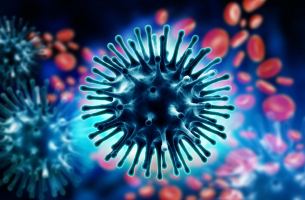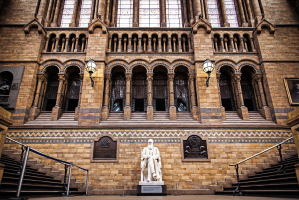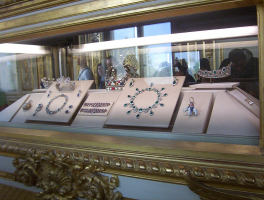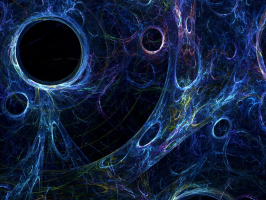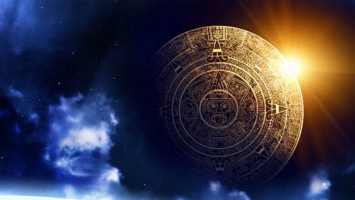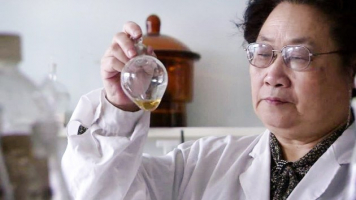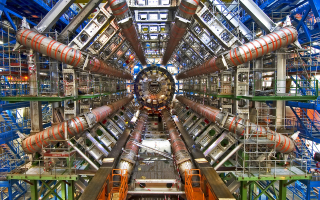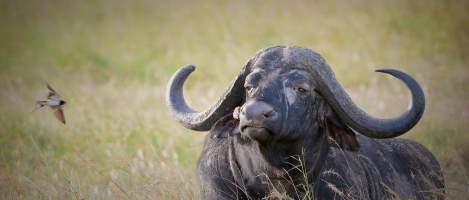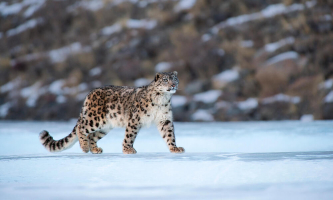Top 10 Incredible Biological Mutations
The word "mutation" has a bad connotation, thanks in part to science fiction. Mutations are a result of something going wrong. However, mutation is how things ... read more...improve. There have been some astonishing mutations with some incredible side consequences throughout human history. Here is a list of top 10 Incredible Biological Mutations that you should miss.
-
Anyone planning to climb Mt. Everest will require the assistance of a Sherpa guide. Most of people, however, believe that this is due to the Sherpas' superior knowledge of the terrain. A spectacular mutation is to blame. The Tibetans moved up a few thousand years ago while the rest of the population stayed down. As these two populations passed down through generations, substantial alterations began to emerge. Now, the Han Chinese people who dwell in the lowlands are nowhere near as capable of living at high altitudes as the Tibetans are. The Tibetan population demonstrates very apparent genetic changes that allow them to not only survive but thrive at altitudes that would cause those of people who live at sea level to pause every few minutes to catch breath.
Tibetans have a distinct mutation in the EPAS1 gene. The gene is involved in red blood cell formation and blood oxygen levels. Only 9% of the Han group, from which the Tibetan population descended thousands of years ago, carries this gene mutation. However, 87% of Tibetans have it. It does not increase the number of red blood cells; rather, it empowers them to accomplish more with fewer.
If you don't have this gene, you'll suffer altitude sickness rapidly if you try to live like the Tibetans. They reside 4,000 meters above sea level, where the oxygen level is 40% lower. However, because of this mutation, they can labor as hard as any of us at sea level.

science.org 
yeudulich.com -
If you want to lower your risk of cardiovascular disease and heart attack, you must eat properly. Keep an eye on your cholesterol and all that crap. However, because to a rare mutation, this is only a minor worry for a very small number of people worldwide.
Everyone carries Apolipoprotein AI in bodies. This affects how cholesterol moves through your bloodstream. If you eat too many high-fat, high-cholesterol foods, the protein becomes overburdened, resulting in clogged arteries and other undesirable health outcomes. However, Apolipoprotein AI-Milano, often known as Apo-AIM, is a mutation of that protein. It was discovered in an Italian community, hence the name, and functions similarly to a juiced-up version of ordinary protein. The Milan mutation makes people significantly more resistant to heart attacks and strokes than the rest of you. The Milan version of the protein is significantly more effective at removing cholesterol and cleaning plaque from arteries.
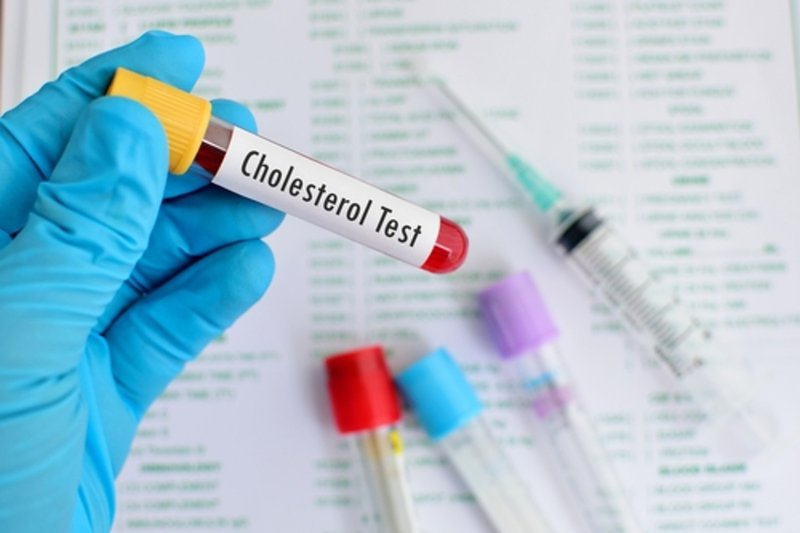
vinmec.com -
Once upon a time, everyone was very convinced that 8 hours of sleep was where it was at. You worked for 8 hours, watched 8 hours of game shows, and slept for 8 hours. That was your parents' way of life. They eventually granted people some wriggle room. According to science, people require 7 to 9 hours of sleep per night to be healthy. That was the widely held belief. And, despite sleeplessness and workaholics, that appears to be a good idea for the majority of people. However, it is not all of people.
A full night's sleep can be cut short for certain people due to a DEC2 gene mutation. Researchers evaluated a mother and daughter who had the same mutation in 2009. Even though everyone else in the family slept normally, the couple made it through the night on only six hours of sleep. Because the mutation disrupts circadian cycles, the duo felt fully rejuvenated and fine after what others would consider insufficient sleep. Ten years later, the same scientists uncovered a mutation in the ADRB1 gene that had the same effect as DEC2.

newatlas.com -
If superhero movies have taught people anything, it's that little changes to radiation, superserum, and genetic abnormalities may transform anyone into a superhuman. The craziest aspect is that evidently that's true, at least to some level. Mutant power exists. Everything that has muscle tissue also has a protein called myostatin in it. This protein actually inhibits muscle growth. Its purpose is to create a balance in the way your muscle tissue is formed. But if you have less myostatin, then you will naturally develop more muscle. If you have a mutated gene responsible for the production of myostatin, then things get out of hand.
This mutation was discovered in humans for the first time in 2004. It has previously been reported in some particularly muscular animals, but it was discovered in a German infant in 2004. The end result was a child with incredible muscle growth and strength. There is some optimism that one day strength-building medications that suppress myostatin will be developed, but for the time being, it is just an extremely unusual mutation that causes certain people to Hulk out.

bodybuilding.com 
bodybuilding.com -
Everyone learns about the rods and cones in their eyes at some point in school. To put it simply, they are responsible for humans' ability to discern between hues. Because humans have three sets and dogs only have two, they see fewer colors than humans. They do, however, see some color. Then there are animals with 12 legs, such as shrimp. That implies they must see a dizzying array of hues that the human mind can never understand because humans lack one. the ability to see more colors than humans. Except for those who are capable.
There are no humans with shrimp-level vision, but some do have tetrachromacy. That means they have four cones instead of three and can see colors that the rest of people cannot. This illness only affects women and has received little attention. The reason for this is that it's nearly impossible to know if you have it. Because how would you know if you see more colors than others? You don't know how they see the world and they don't know how you see it. If you encounter a totally new shade of red and someone refers to it as red, you're likely to agree, even if it appears vastly different to everyone else.
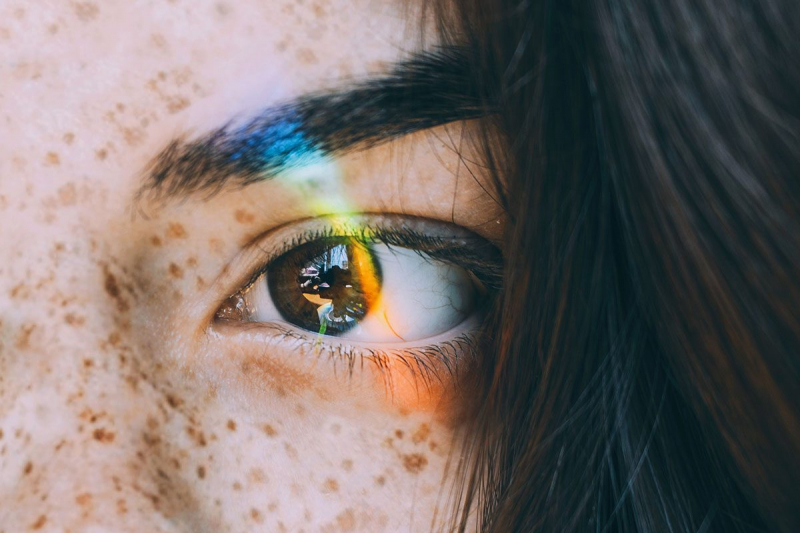
sciencefocus.com -
Hypermobility is one of the Incredible Biological Mutations. Even if you didn't know the name of the disorder, you've probably seen photographs or videos of people with Ehlers-Danlos Syndrome. This is known as hypermobility, and it is caused by a genetic abnormality that permits a person's joints to expand far beyond what is considered normal, as well as extraordinarily elastic skin. You can discover photographs of folks who can bend their wrists all the way back so their fingers touch their forearms if you Google it. Others have skin that is so elastic that they can peel it away from their bodies like a sheet.
Ehlers Danlos syndrome isn't all fun and games. As a result, there can be a number of significant issues, including joint and bone injury. While some people can practically pull their neck skin up over their lips, they may also experience excruciating joint pain or blood clotting.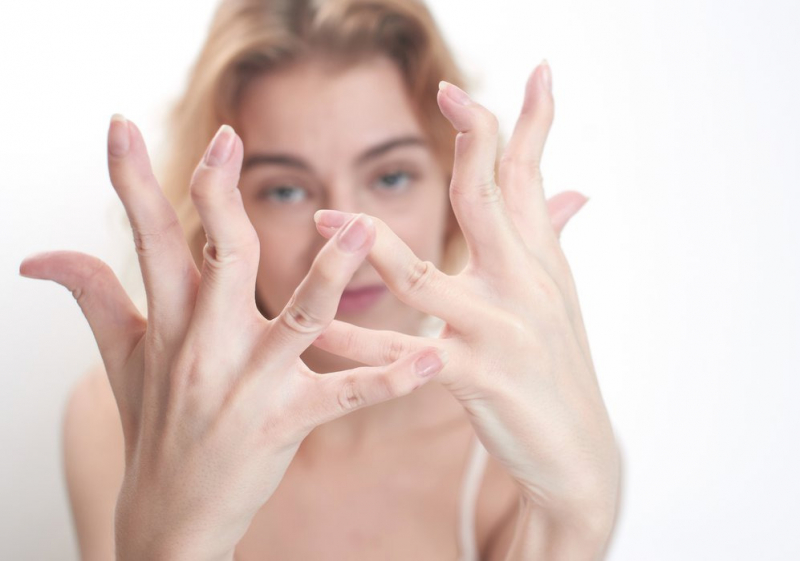
mediphysio.com.au -
Brittle bones are a major issue for many people as they become older. Osteoporosis is one of the conditions that the elderly must prepare for, and many use calcium supplements and other similar measures to maintain bone density. However, thanks to an odd and comic-book-style biological mutation, science is attempting to find a better solution to address this problem.
A Connecticut family has a mutation that works in the opposite direction of the one known to cause reduced bone density. The mutation has resulted in a significant increase in bone density for them, thus rendering their bones unbreakable. The mutation's discovery was almost as extraordinary as the mutation itself.
In 1994, a family member was involved in what should have been a terrible car accident. He was X-rayed at the hospital, and the radiologist discovered not only that there was no bone damage, but that the density of the man's bones was unlike anything he had ever seen. As a result, the radiologist forwarded the case to someone at Yale.
They observed that the man's ancestors all had identical skeletons. And the condition offered as many potential drawbacks as upsides. People with exceptionally dense bones struggle to float in water, and one man undergoing hip replacement surgery found the procedure nearly impossible because physicians couldn't get the prosthetic joint to adhere to his genuine bones.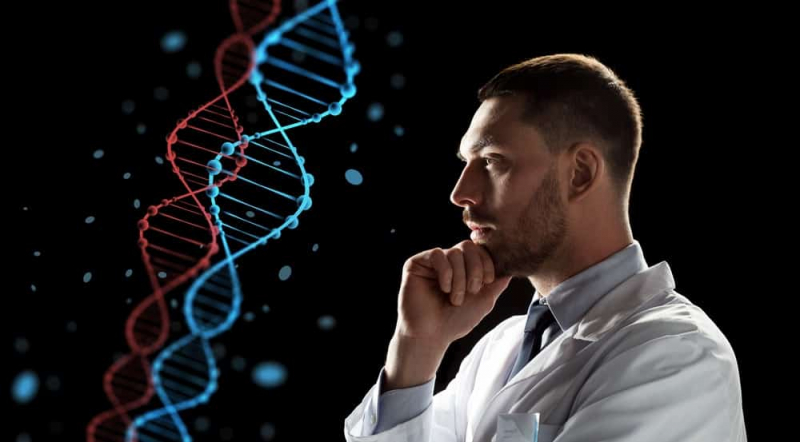
trithucvn.org 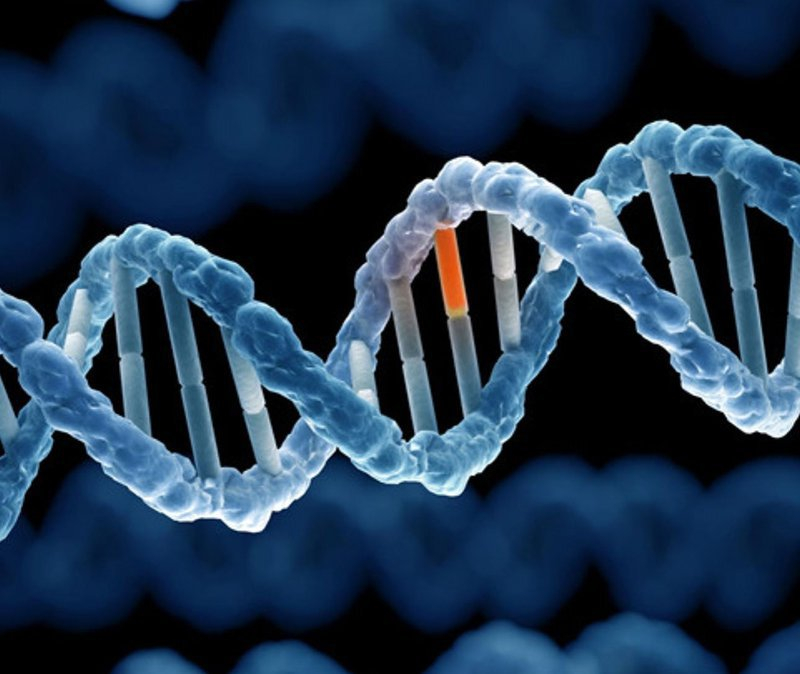
trithucvn.org -
Even if you haven't heard of Javier Botet, there's a high chance you've seen him on film. Botet is a Spanish actor who has appeared in films such as Mama, IT, Insidious, The Conjuring 2, Crimson Peak, and the REC series. Those are all well-known horror names from the last 15 years. The reason you may not know Botet is that he plays a monster in each one of those flicks, something he has taken to as a result of Marfan Syndrome.
Botet's disease is distinguished by unusually lengthy limbs. His fingers are also unusually long and slender. It may appear weird to the average person, but in a horror film, it lends itself perfectly to an extraterrestrial image, which Botet had embraced. Marfan syndrome is caused by a mutation in the gene that codes for the protein fibrillin-1. This increases the production of a specific growth protein. As a result, connective tissue anomalies cause such long limbs and digits. Botet's body contortions on television are not special effects; they are simply the way he moves.
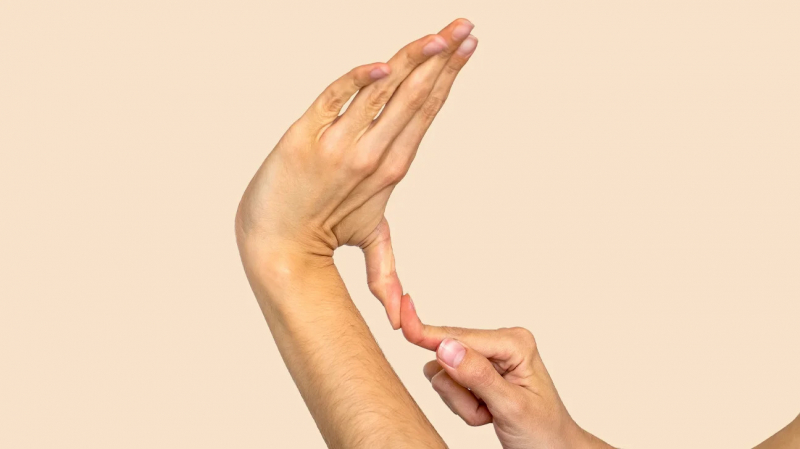
healthline.com -
No one is going to have the genes to sprint as fast as the Flash, but you can have some genetic abilities that will put you ahead of the pack. One of these is an ACTN3 gene mutation. People with a specific mutation that produces a protein that changes how muscles fire and contract have significantly greater athletic ability. The term "speed gene" is a bit misleading because it has far-reaching consequences. Sprinters can sprint faster, but power lifters can lift more weight. Athletes of all levels are more injury resistant and recover faster after exercise.
For many years, academics have been looking into ways to utilize this trait. Over a decade ago, a firm advertised that it would conduct tests on children to determine whether or not they had the next Usain Bolt in their midst. There is definitely more to athletic ability than a few odd genes, but there is compelling evidence that the appropriate expression of these genes can contribute to being a better athlete overall.
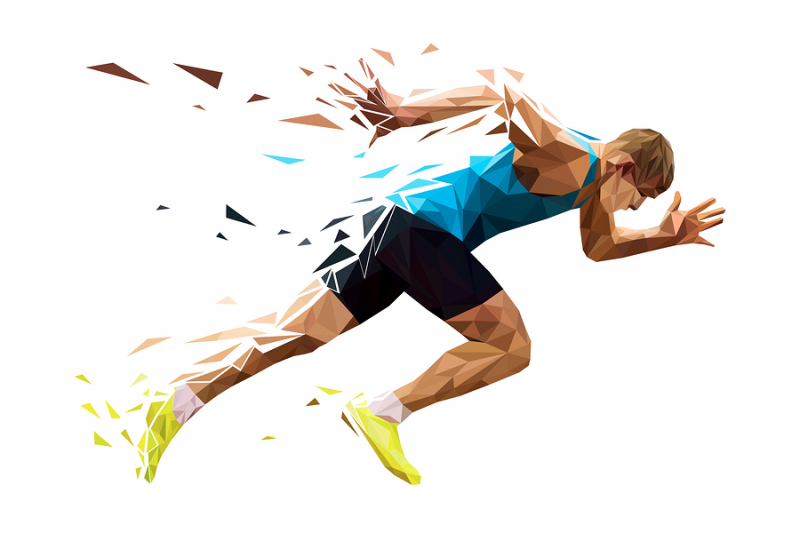
onyourmarknutrition.com 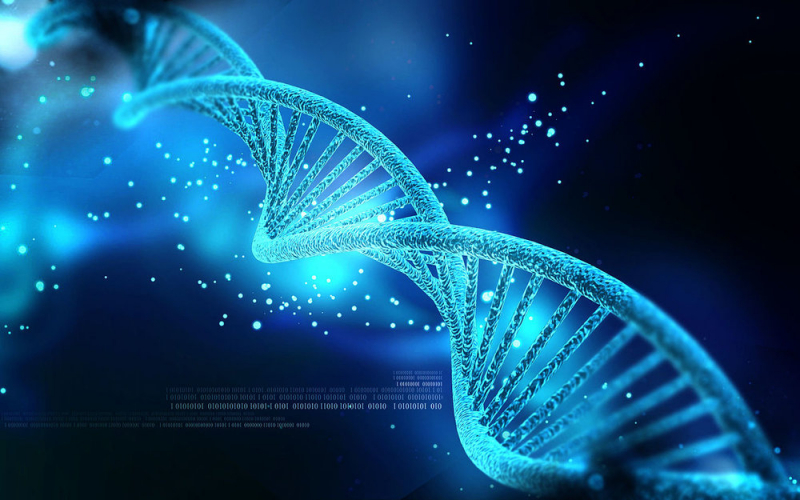
onyourmarknutrition.com -
Mutation has permitted practically every species to progress from where it began to where it is now. This is the premise of Darwin's theory of survival of the fittest. Beneficial mutations allow a life form to survive, whereas harmful mutations cause it to perish. Shovel teeth were one of the most intriguing mutations that allowed humans to advance as a species throughout history. Humans traveled from Siberia to Alaska around 20,000 years ago. Long before Europeans came, the Native American population all had shovel-shaped incisors. And scientists believe it was a survival mutation.
Genes in the human body generally perform multiple functions. The mutation that creates shovel teeth has also been linked to sweat glands, hair thickness, and branching ducts in mammary glands. While sweat and hair were unlikely to be of much use to the early Native American people, breast milk would have been critical. They would have had significantly less exposure to sunlight in northern portions of the earth. Babies would have been extremely vulnerable to vitamin D deficiency. Unless, of course, there was a mutation associated with improved nutritional transfer through breast milk.
Based on the facts, it appears that this mutation was part of a larger survival mutation to assure the species' survival. When children reached a certain age, they could obtain nutrition for survival through other sources. However, breastfeeding would have been essential in the early stages of life, and this mutation ensured that the children received the maximum quantity of nutrition possible.












